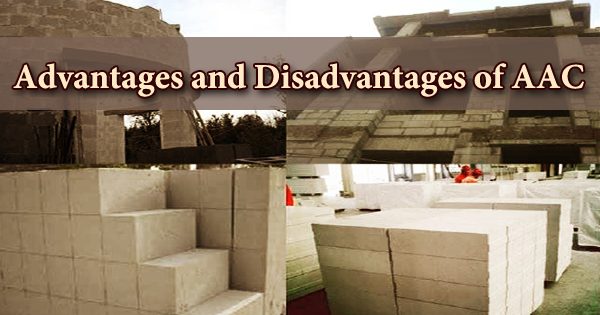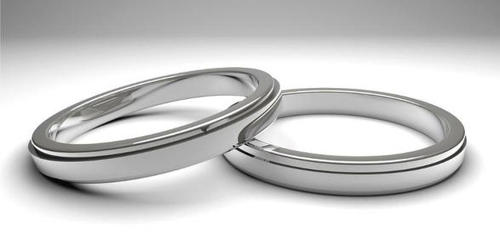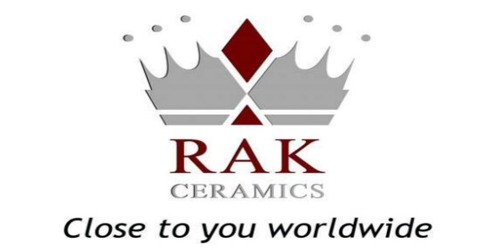Autoclaved aerated concrete (AAC) is a lightweight building material that is commonly used in the form of blocks. AAC products are made up of quartz sand, calcined gypsum, lime, cement, water, and aluminum powder and are cured in an autoclave under heat and pressure. Cellular concrete has been tackling the quest for an industrial material with characteristics identical to wood since its discovery in 1920. It was light, could be cut or perforated, and avoided some of its drawbacks, such as water absorption and maintenance requirements. AAC, which was invented over 800 years ago, provides structure, insulation, and fire and mold resistance all at the same time. Blocks, wall panels, floor and roof panels, cladding (façade) panels, and lintels are examples of types.
Aircrete has a low density and excellent insulation properties as compared to regular (i.e. “dense”) concrete. The cellular structure is created by the creation of air voids, resulting in a low density. These voids, which range in size from 1mm to 5mm, give the material its distinctive appearance. AAC concrete is usually formed into blocks or slabs and used to create mortared walls in the same way as regular concrete blocks are. Autoclaved Aerated Concrete (AAC) blocks are now widely available, thanks to companies like Hebel and Retak, which are developing a simple and effective construction method.
AAC blocks are also used in foundations and the outer leaf, where they are normally rendered. Walls, floors with reinforced aircrete beams, ceilings, and the roof can all be built from autoclaved aerated concrete. AAC can be easily shaped into any desired form. ACC products can be routed, sanded, or cut to size on site using regular power tools and carbon steel cutters, in addition to being simple and easy to install.
AAC has been manufactured for over 70 years and has a number of advantages over other cement-based building products, the most significant of which is its lower environmental effects. There are a number of environmental advantages to using autoclaved aerated concrete (AAC):
- Insulation: The insulation properties of aircrete, for example, would minimize the heating costs of buildings built with autoclaved aerated concrete, resulting in fuel savings over the building’s lifespan.
- Materials: Lime is a key component of the mix and takes less energy to manufacture than Portland cement, which is fired at higher temperatures. Sand does not need to be heated before use, and PFA is a by-product of electricity generation. NB: Although lime requires less energy to manufacture than Portland cement, it produces more CO2 per tonne (cement approx. 800-900 kg CO2/tonne compared to lime at 1000 kg CO2 per tonne).
- Carbonation: Aircrete has a very large surface area due to its cellular nature, which is less apparent. Much of the material is likely to carbonate over time, effectively offsetting the carbon dioxide emitted during the calcination of limestone in the manufacture of lime and cement.
Some of the other benefits of using autoclaved aerated (AAC) concrete include:
- Excellent material for soundproofing material and acoustic insulation
- Highly fire and termite-resistant
- Available in a variety of forms and sizes
- High thermal mass stores and releases energy over time
- Recyclable material
- Easy handling and installation due to lightweight
- Easy to cut for chases and holes for electrical and plumbing lines
- Economical shipping and handling when compared to poured concrete or concrete block
AAC has been manufactured for more than 70 years, but when it was first launched in the UK, it had some drawbacks (where cavity wall with clay brick two-skin construction has been the norm).
- Installation during rainy weather: AAC is notorious for cracking after installation, which can be prevented by lowering the mortar’s strength and making sure the blocks are dry before and after installation.
- Brittle nature: They need to be handled more carefully than clay bricks to avoid breakage.
- Attachments: The brittle design of the blocks necessitates longer, thinner screws and wood-suitable drill bits or hammering in while installing cabinets and wall hangings. Unique, large-diameter wall plugs (anchors) are more expensive than standard wall plugs.
When using AAC alone, the insulation standards of newer building codes in northern European countries will necessitate very thick walls. As a result, many contractors opt for conventional construction techniques, such as adding an additional layer of insulation to the entire structure. As of July 2018, the cost of a basic AAC block in the standard size of 8 x 8 x 24 inches ranged from $2.20 to $2.50 per square foot, marginally higher than the cost of a standard concrete block, which is about $2.00 per square foot. AAC, on the other hand, could have lower labor costs due to its lighter weight, which makes it easier to handle and mount. Local labor rates and building code standards influence costs, which differ from region to region.
Information Sources:
















